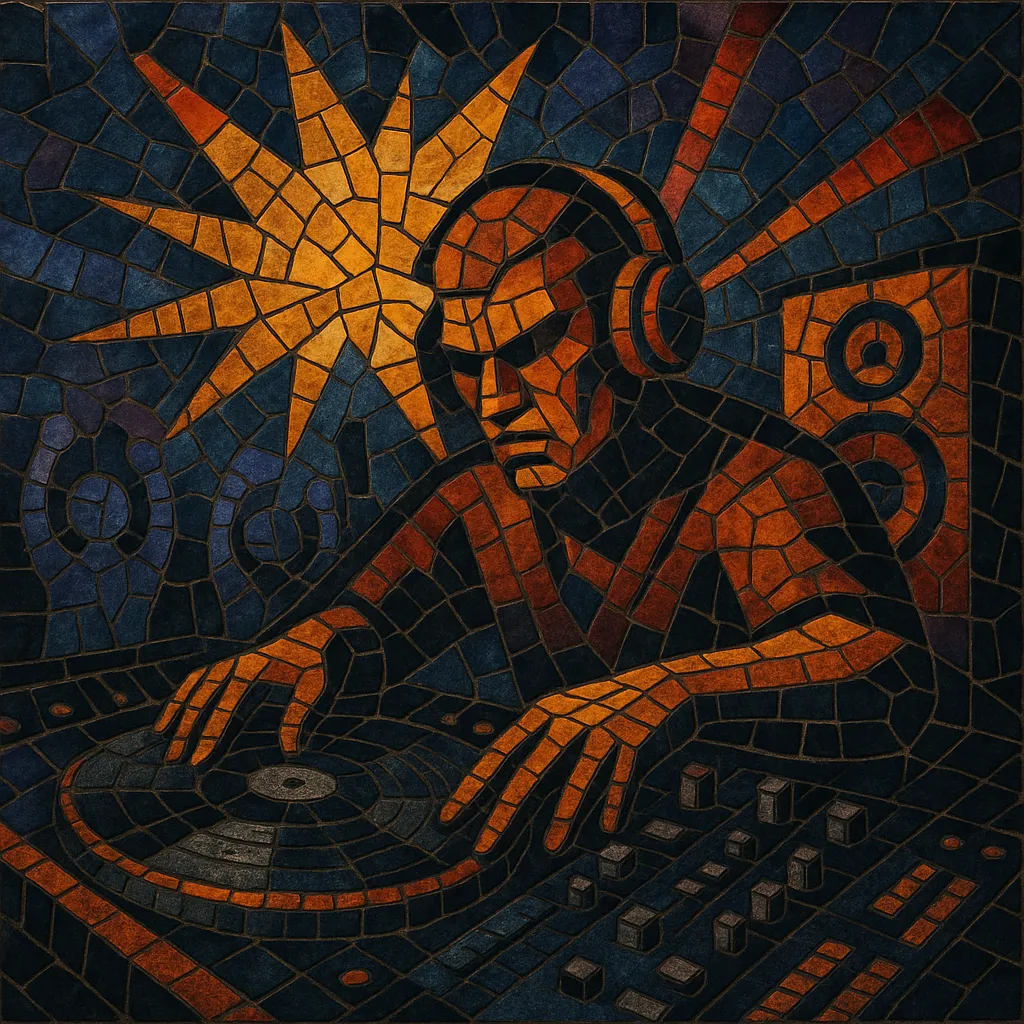Makina is a Spanish hard-dance style that surged in the 1990s club scene, especially around Catalonia and Valencia. It blends the euphoric melodies of Euro-trance with the drive of hardcore techno, resulting in high-energy tracks built for peak-time dancefloors.
Characterized by tempos around 160–175 BPM, pounding 4/4 kicks, rolling snare fills, bright supersaw leads, and dramatic breakdowns, Makina favors anthemic hooks and crowd-chant moments. In clubs like Pont Aeri, Scorpia, and Xque?, DJs often added live MCing, whistles, and airhorns, turning the music into a participatory, communal experience.
Makina emerged in Spain as local DJs fused the rising European hardcore continuum with melodic Euro-trance and the remnants of the Valencian "Ruta del Bakalao" club culture. New Beat and early techno informed the discipline of its drums, while UK rave, bouncy techno, and happy hardcore inspired its speed, brightness, and hands-in-the-air breakdowns.
By the mid-to-late 1990s, iconic Catalan and Valencian clubs—Pont Aeri, Scorpia, Xque?, Chasis—helped codify the sound. Resident DJs and producers emphasized soaring supersaw riffs, fast snare rolls, and big breakdowns, often with Spanish or Catalan MC shouts. Compilation series (e.g., Makina Total) and label activity (notably Bit Music) spread the style across Spain and into dedicated UK scenes.
Makina shared DNA with happy hardcore and hard trance but kept a distinctly Iberian flair—anthemic melodies, emotional breakdowns, and a relentless 4/4 drive. The North East of England developed its own Makina following, importing Spanish records and aesthetics, which later intersected with UK hard dance and regional bounce scenes.
As hardstyle, hands up, and commercial trance rose in the 2000s, Makina’s mainstream profile dipped. Yet the sound retained a strong cult following. Periodic revivals—nostalgia events, reissues, and digital rediscovery—keep the genre alive, with its influence audible in pockets of UK donk/bounce and in the continuing Spanish hard-dance circuit.


